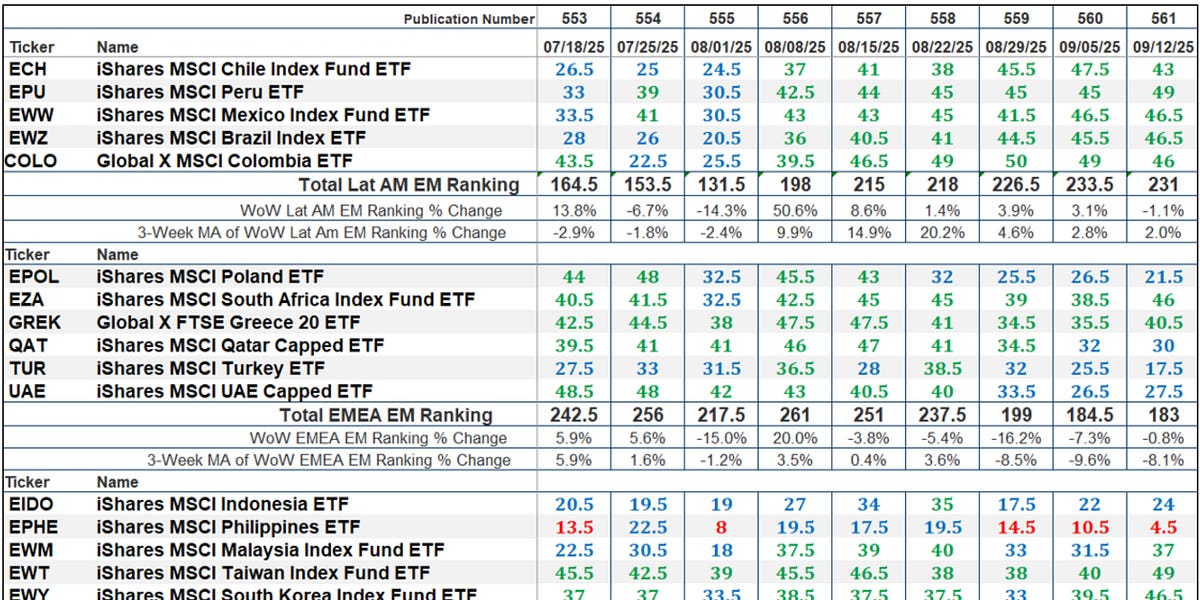Indian students are rethinking their higher education choices, and the “study abroad dream” is no longer synonymous with the United States, observes CA Nitin Kaushik. For decades, the US symbolised prestige and opportunity, but shifting trends show a decisive move toward practicality and financial clarity.
According to the upGrad TNE Report 2024-25, Indian applications to US universities have fallen by 13%, while Germany and the UAE are rapidly emerging as preferred destinations. Germany now attracts 32.6% of Indian students, thanks to low or free tuition fees and a strong job market. The UAE, meanwhile, has surged ahead to host 42% of Indian students, riding on the appeal of global campuses, geographic proximity, and relatively easier immigration pathways.
Why the US is losing shine
The decline in interest toward the US can be attributed to rising tuition costs, complex visa hurdles, and uncertain work routes after graduation. These barriers are forcing Indian families to reassess whether the heavy investment in a US degree guarantees the financial stability and returns they seek.
Germany and UAE rise as alternatives
Germany’s model of affordable education, combined with its reputation for a robust economy and work opportunities, has positioned it as a practical and attractive choice. The UAE, on the other hand, is leveraging its unique mix of global universities, regional proximity, and policies that support international students to become a major hub for higher education.
Shift in mindset
As Kaushik noted in a post on X (formerly Twitter): Indians are quietly rewriting the ‘study abroad dream.’ For decades, the US was the default choice. But now — things are shifting. Families want clarity, ROI, and stability over just ‘brand value.’ The new mindset: Practicality beats Prestige.”
With Indian students and their families prioritising cost efficiency, job market alignment, and immigration flexibility, the once-unquestioned dominance of the US is clearly under pressure.









